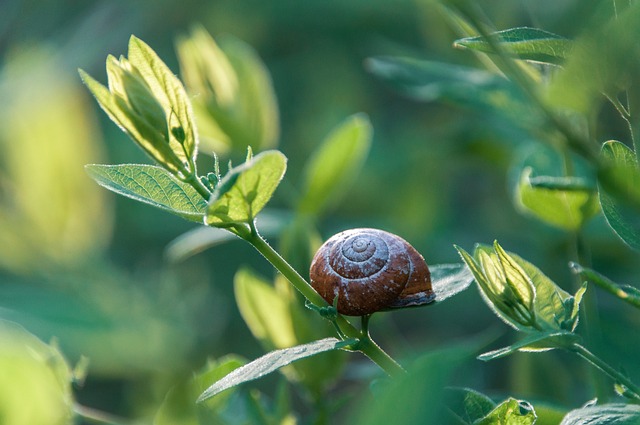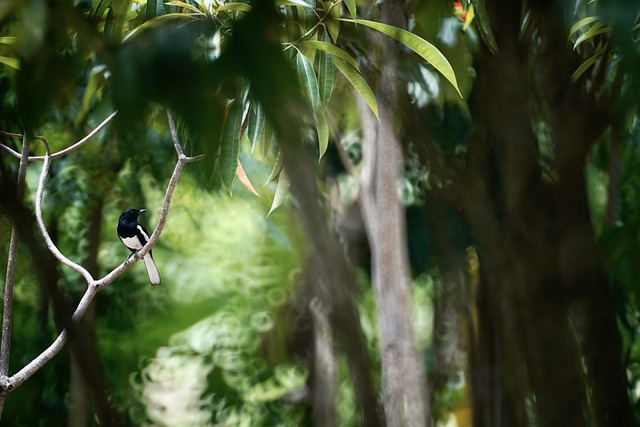Skunks in your Centennial yard leave distinct tracks (2-3 toes wide, rounded) and strong odor as signs of presence. Homeowners can identify these tracks using coin/stone comparisons to determine skunk activity. For safe, humane relocation, professionals use expert knowledge of skunk burrows and tracks to capture and relocate them according to local laws, ensuring a clean, secure yard afterward.
In the vibrant landscape of your Centennial home, unexpected visitors can leave behind enigmatic signs—one such creature being the skunk. Understanding their behavior is key to navigating this wildlife encounter. This article guides homeowners through recognizing skunk activity, specifically focusing on identifying their distinct tracks. We also highlight the importance of safe relocation and provide insights into hiring professional wildlife control experts for effective management. Discover how to recognize these mysterious visitors and take appropriate action when they leave their telltale marks in your yard.
- Understanding Skunk Activity and Behavior in Your Yard
- Identifying Skunk Tracks: A Guide for Homeowners
- Safe and Effective Skunk Relocation: Hiring Professionals
Understanding Skunk Activity and Behavior in Your Yard

Skunks are fascinating creatures, and understanding their behavior is crucial when it comes to effective wildlife control. In your Centennial yard, identifying skunk activity involves recognizing their unique tracks. Skunks are primarily nocturnal, so their presence is most likely felt during evening or early morning hours. Look for small, rounded paw prints that might be easier to spot in wet or muddy areas. These prints often show distinct claws, which can help differentiate skunk tracks from other animals.
Skunks are known for their defensive behavior when threatened; they spray a potent odor as a last resort. If you notice any signs of spraying, such as discolored vegetation or a strong, pungent smell, it’s a clear indication of skunk activity. By identifying these tracks and behaviors, you can better navigate the situation and consult with experts for safe and humane relocation methods tailored to your Centennial yard.
Identifying Skunk Tracks: A Guide for Homeowners

Identifying skunk tracks in your Centennial yard can help you determine if these creatures have made their way onto your property. Skunks leave distinct marks that include a row of small, rounded indentations or ridges, often visible along edges, fences, or pathways. These tracks are typically about 2-3 toes wide and can be followed to locate the animal’s path.
To get a better idea of the track’s size, try placing coins or small stones side by side with them. If you notice any scent marks, too—skunks often spray as they move, leaving behind a strong, distinctive odor—you’ve likely encountered an active skunk population in your yard. This information can guide homeowners on whether to call for professional wildlife control services or take appropriate measures to deter the animals.
Safe and Effective Skunk Relocation: Hiring Professionals

When dealing with a skunk infestation in your Centennial yard, it’s crucial to consider safe and effective relocation methods. Attempting to handle skunks yourself can be risky due to their ability to spray and transmit diseases like rabies. Hiring professionals trained in wildlife control is the best course of action. These experts are equipped with the knowledge and tools to humanely capture and relocate skunks without causing harm to either the animal or yourself.
Identifying animal tracks, signs of burrows, and other clues can help these professionals pinpoint the skunk’s presence and determine the most suitable relocation strategy. They understand local laws and regulations regarding wildlife management, ensuring your property is left in a clean and safe condition after their intervention.
When dealing with skunks in your Centennial yard, understanding their behavior is key. By identifying skunk tracks using expert guides, you can effectively navigate this situation. While do-it-yourself methods have their place, relocating skunks safely and humanely often requires professional intervention. Hiring wildlife control specialists ensures the well-being of both your property and these creatures, providing a peaceful resolution to unwanted visitors in your yard. Remember, knowing how to recognize skunk tracks can be a valuable skill, but when safety and efficiency are paramount, professionals equipped with specialized knowledge and tools are best equipped to handle skunk relocation.
